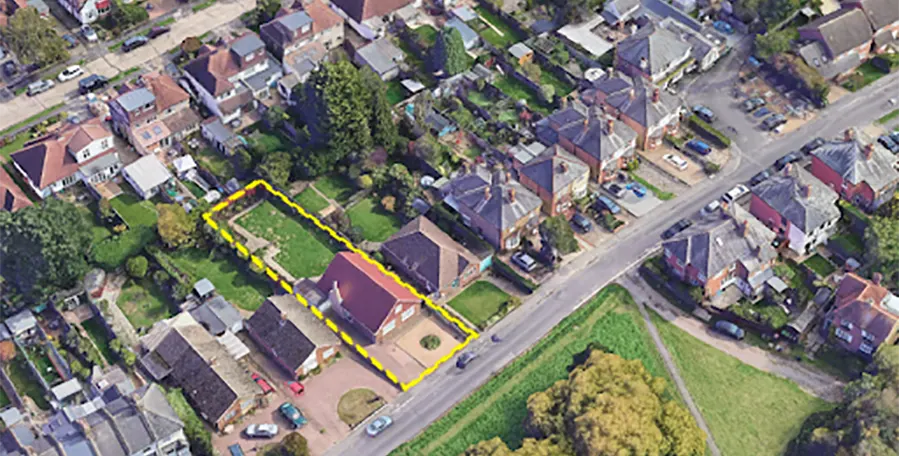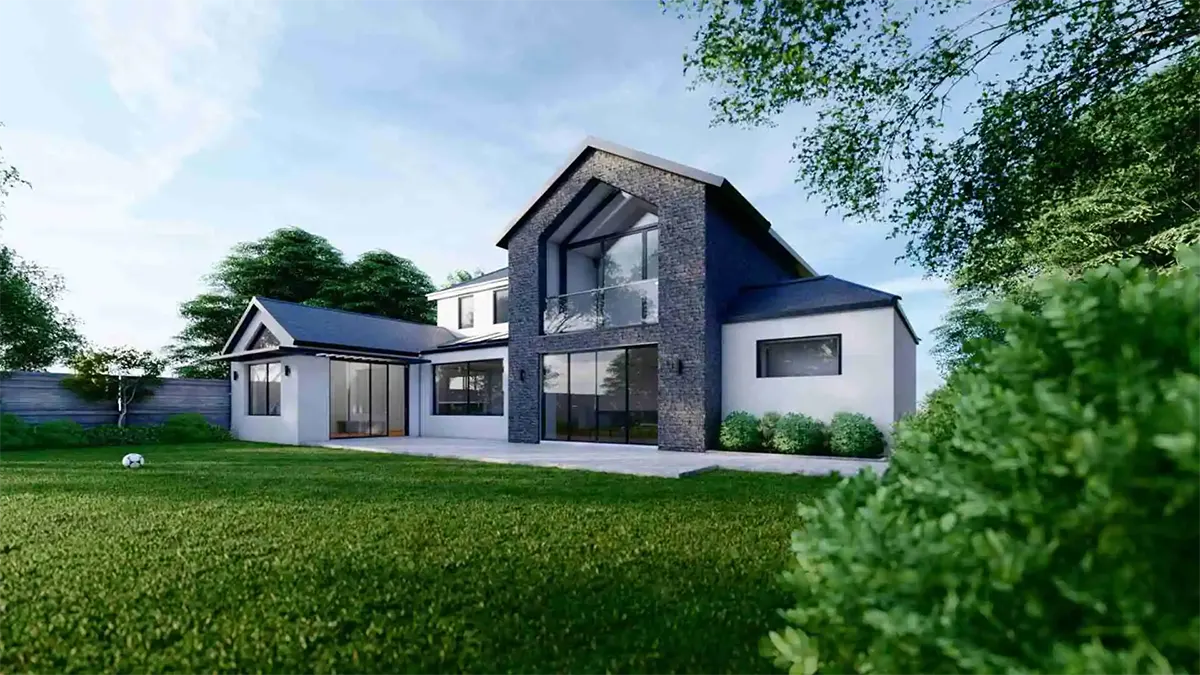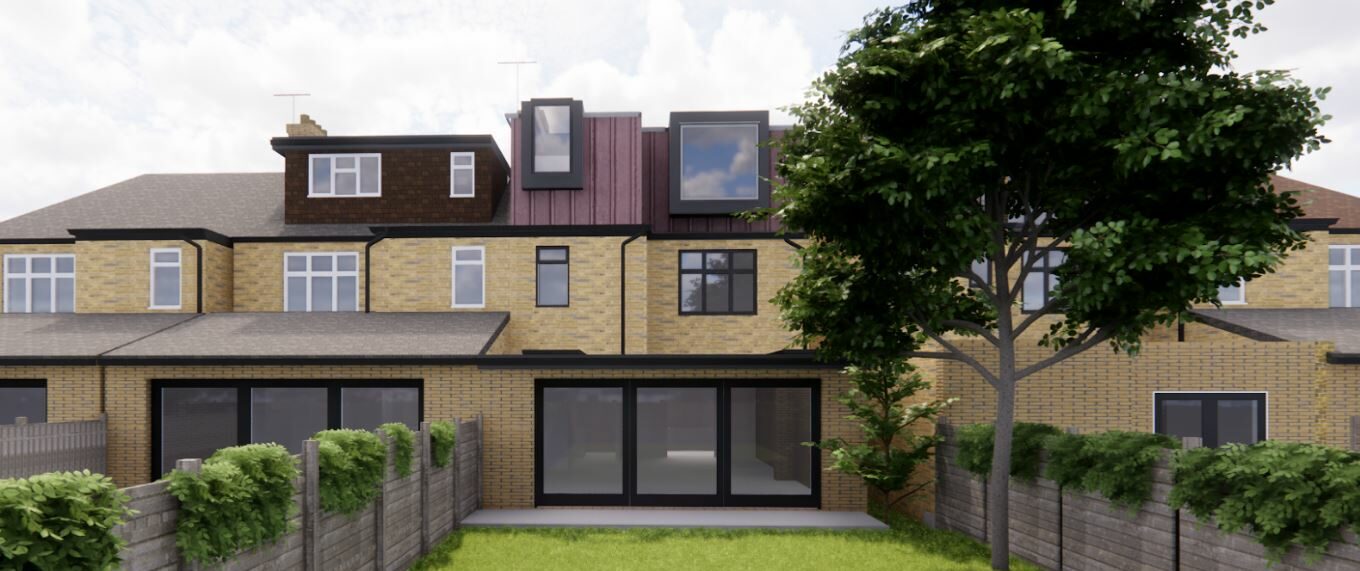Am I in a Conservation Area? You Need to Know & Why It Matters
The introduction of the Civic Amenities Act in 1967 was a major breakthrough that contributed towards protecting and preserving areas that are of unique historical and architectural pedigree across England, Wales and Scotland. Today, with over 10,000 conservation areas in the UK, (about 9,300 in England, 640 in Scotland, 500 in Wales, and up to 60 in Northern Ireland), it is an indisputable fact that the vision and motive of this important act has been a grand success.
If you are one of those living in a conservation area or are planning to buy a house in a conservation area, this article will be the most useful thing you will come across.

Designated as areas of social, architectural, and cultural importance, identifying conservation areas is not just about defining historical dwellings. The idea behind designating the whole area as a conservation area is to preserve and enhance the surrounding environment within which such structures/dwellings are present.
What Does it Mean to Live in a Conservation Area?
Living in a conservation area means you are surrounded by heritage, history, pedigree, and endearing aesthetics. It is indeed magnificent. But along with all those, along with the historic charm and beauty also come obligations.
As a resident of a conservation area, you are required to act in accordance with the guidelines and rules. A local council is responsible for preserving the character and integrity of that area by means of rules & restrictions that guard the interest and integrity of those areas. Any form of violation of the rules will warrant stringent legal and penal action by the respective local authority.
It is hence critical of any resident to have thorough knowledge & understanding of the conservation area and thereby be respectful and remain obliged towards preserving its aesthetic and architectural integrity.
Alterations to your House
Planning for a house alteration in a conservation area is scrutinised by special planning factors devised to preserve the area in question. Though minor interior enhancements are allowed under permitted development, there is a bar beyond which most alterations are not permitted.
- If any unlisted building is planned for demolition and exceeds 115 cubic mtrs in volume does warrant planning permission
- Demolition of gates, walls, fences that go beyond 1m and are at immediate next to a highway, warrants planning permission
- Single storey extensions should not extend 3m beyond the rear wall
- Single storey extensions should not extend 4m beyond the rear wall for detached houses
- Two storey extensions are not permitted development at conservation areas
- Roof extensions are not permitted development
- Side extensions are not permitted development
- Wraparound extensions are not permitted development
- Outbuildings, garages are not permitted development
- Satellite dishes, antennas, chimneys or vents facing the street is not permitted development
- Cladding materials should be of similar appearance to that of the original, else any form of cladding (eg. stone, timber, tiles, plastic pebble etc.) is not permitted development.
- Solar panels that extend beyond 150mm to the front roof are not permitted development
- Cutting of trees or shrubs is not permitted
- Replacing original windows and doors is not permitted development
- Painting the bays or facades including that of doors and window frames that results in an alteration in colour is not permitted development

Steph Fanizza, Architectural Design & Team Manager
Tell us about your plan and we'll send you a free quote! It takes less than 90
seconds!

Steph Fanizza, Architectural Design & Team Manager







